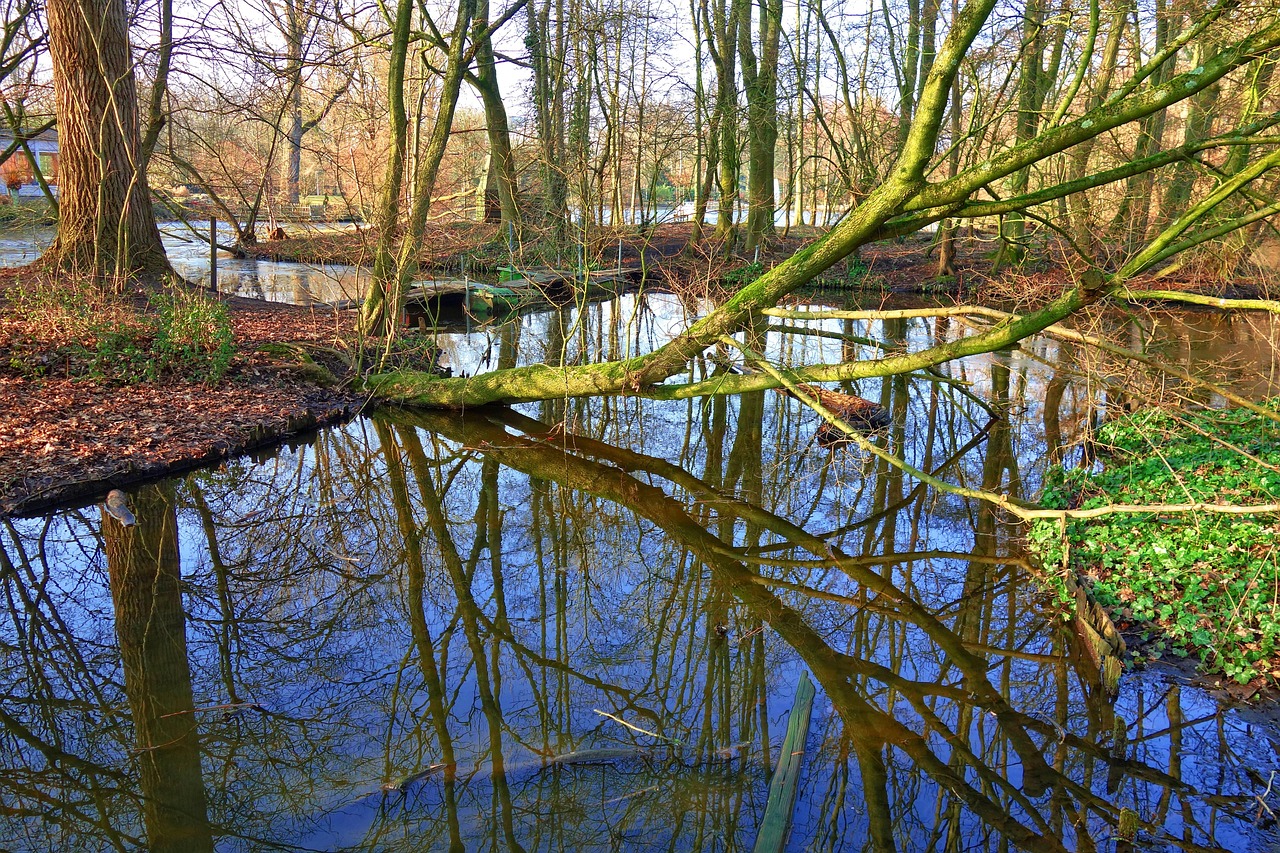The Americas stretch from the frozen tundras of the Arctic to the windswept shores of Patagonia — a vast expanse of mountains, forests, deserts, and seas. Across these two continents, cultures have evolved from ancient civilizations, colonial encounters, and modern migrations, creating a tapestry as diverse as the landscapes themselves. Traveling through the Americas is like turning the pages of a living history book — only the ink is in the form of music, cuisine, architecture, and the warmth of its people.
The Canadian North: Land of Midnight Sun
In the far reaches of Yukon, Canada, summer brings a strange magic: the sun barely sets. The sky glows in soft gold even at midnight, and the air carries the scent of spruce and wildflowers. Here, the Dempster Highway snakes through vast stretches of wilderness, where caribou outnumber people and the nearest gas station might be hours away.
In Dawson City, a former gold rush boomtown, wooden sidewalks creak under your boots, and the saloons still swing their doors for travelers thirsty for both whiskey and stories. You can try your hand at gold panning or simply sit by the Yukon River, imagining the steamships that once churned its waters.
Mexico’s Heartbeat: Oaxaca’s Cultural Mosaic
Travel south and you’ll reach Oaxaca, Mexico, where cobblestone streets lead to bustling markets overflowing with color. The air is heavy with the aroma of mole sauce — a complex blend of chilies, chocolate, and spices. In the Zócalo, musicians play marimbas while families gather in the shade of jacaranda trees.
Oaxaca is a city of layers: pre-Hispanic ruins like Monte Albán overlook colonial churches, and Indigenous traditions thrive alongside contemporary art. For travelers, it’s a feast not just for the palate but for the soul — a place where every conversation feels like a story and every meal feels like an invitation.
The Caribbean’s Hidden Side: Dominica
Beyond the all-inclusive resorts of the Caribbean lies Dominica, the “Nature Island.” It’s a place of black sand beaches, steaming hot springs, and rainforest trails that lead to thundering waterfalls. Unlike its more developed neighbors, Dominica has kept its wild heart.
Hike the Boiling Lake Trail, where sulfur clouds rise from volcanic vents, or snorkel in Champagne Reef, where warm bubbles escape from the seafloor. The locals, fiercely proud of their island, greet visitors with easy smiles and stories about hurricanes survived and traditions preserved.
Brazil’s Pantanal: The Wetland Wonderland
Many travelers rush to Brazil’s beaches or the Amazon, but the Pantanal — the world’s largest tropical wetland — offers an unmatched wildlife experience. Here, capybaras laze on riverbanks, caimans bask in the sun, and jaguars prowl quietly through the tall grass.
In the dry season, the water recedes to reveal a labyrinth of channels perfect for boat safaris. Guides, often born and raised in the Pantanal, can spot a giant anteater from a mile away. Nights here are a symphony of frogs, insects, and the distant call of a night heron.
Peru’s Sacred Valley: Between Mountains and Myths
No visit to South America feels complete without touching the legacy of the Inca Empire. In Peru’s Sacred Valley, every stone seems to hold a story. Terraced hillsides climb toward snow-capped peaks, and ancient temples sit quietly above rivers that have flowed for millennia.
Stay in Ollantaytambo, a living Inca town where narrow alleyways channel fresh mountain water past adobe homes. At dawn, take the train toward Machu Picchu, watching the mist lift from the mountains. Standing among those iconic stone walls, you realize it’s not just a tourist site — it’s a sacred space that has endured centuries of change.
Patagonia: The Edge of the World
At the southern tip of the continent, Patagonia feels like the last chapter of the world’s great storybook. Jagged peaks rise from emerald lakes, glaciers calve into turquoise waters, and the wind never seems to stop.
In El Chaltén, Argentina’s hiking capital, trails lead to views of Mount Fitz Roy, its granite towers often shrouded in clouds. Across the border in Chile, Torres del Paine National Park offers landscapes so vast they make you feel wonderfully small. Here, the horizon is not a line — it’s an invitation.
Why These Journeys Matter
The Americas are not defined by one landscape, one culture, or one history — they are defined by the meeting of many. From the Arctic tundra to the tropical rainforest, every step reveals contrasts: old and new, wild and tamed, familiar and unknown.
Travel here is about more than ticking off famous sites. It’s about a slow meal in a Mexican market, a quiet paddle in a Canadian lake, a long bus ride through the Andes where strangers share food and laughter.
Tips for Exploring the Americas
- Follow the seasons – Weather varies wildly from north to south. Plan around rainy seasons and extreme winters.
- Learn a few local phrases – Whether it’s Spanish, Portuguese, French, or an Indigenous language, it opens doors.
- Venture beyond capitals – Small towns often hold the most authentic experiences.
Respect natural areas – Many sites are fragile ecosystems. Stay on trails, don’t feed wildlife, and pack out what you bring in.
A Journey That Never Ends
From the frozen north to the windswept south, the Americas offer an endless journey. Even if you spent a lifetime exploring, there would always be another hidden valley, another festival, another flavor waiting.
Travel here reminds us that adventure isn’t just about distance — it’s about depth. And in the Americas, depth is measured in centuries of culture, miles of wilderness, and the countless stories still waiting to be told.




